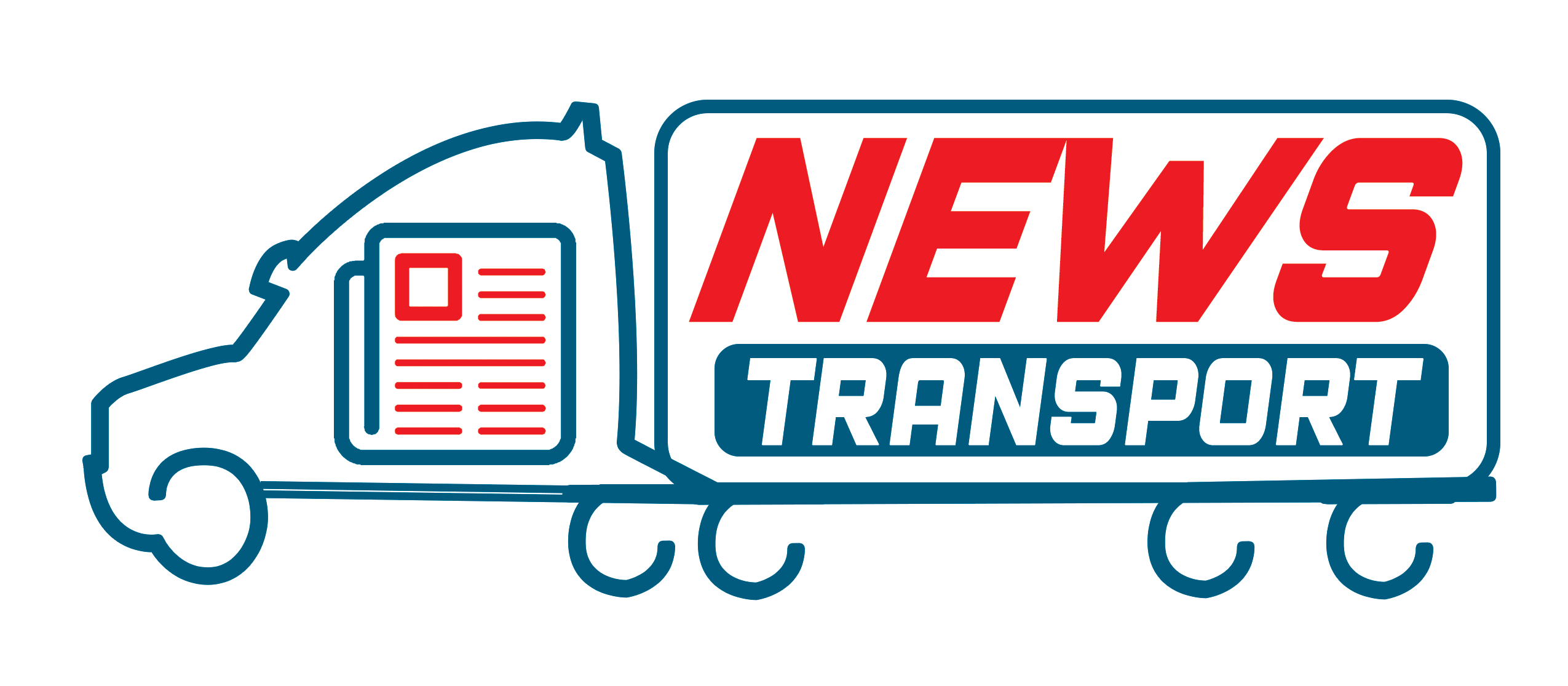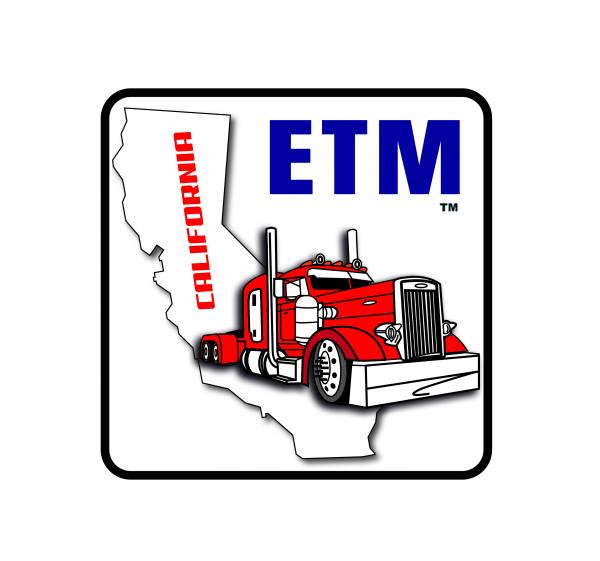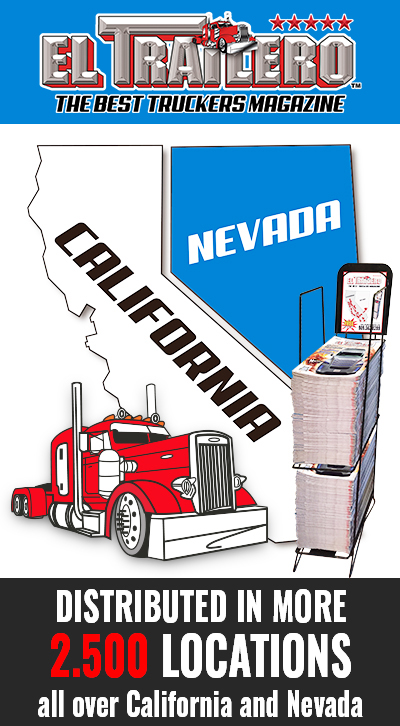 |
|
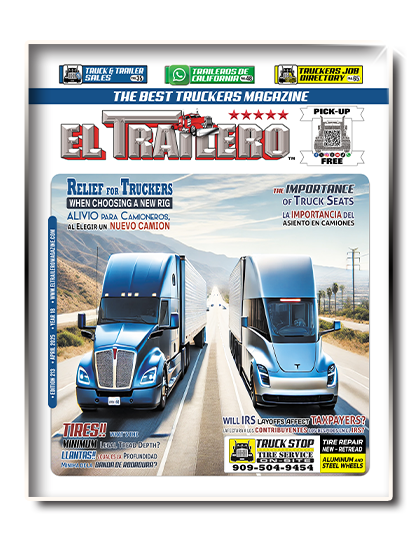 |
Get our FREE |

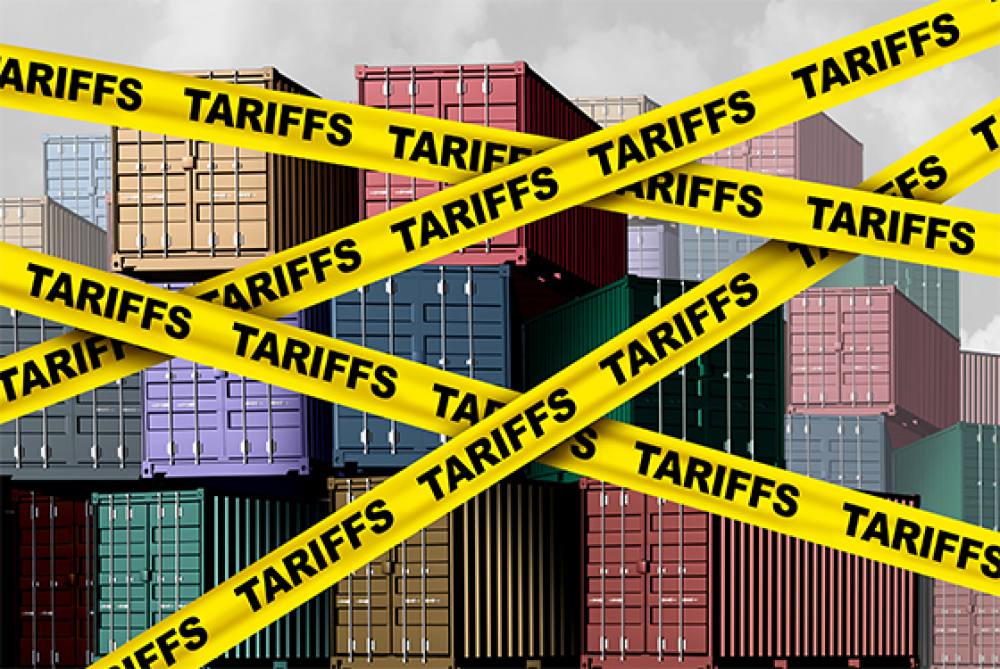
The new tariffs imposed by former President Donald Trump on steel and aluminum imports are causing concern within the trucking industry. With a 25% tax on steel and aluminum, production costs for trucks, components, and spare parts are expected to rise significantly, potentially affecting both manufacturers and carriers.
Increased Costs and Operational Impact
The removal of exemptions means that all imported steel products will be taxed without exception, leading to higher prices for freight vehicles and their components. Consequently, this could result in increased operational costs for truck drivers, impacting their profit margins.
Additionally, rising prices for steel and aluminum products could affect consumers´ purchasing power, reducing demand for goods and, subsequently, the volume of cargo transported by road. This decline in freight flow could negatively impact the profitability of trucking companies.
Trade Retaliation and Market Uncertainty
Another concerning aspect is the potential for trade retaliation from the European Union, which has already announced countermeasures in response to these tariffs. If implemented, these actions could affect U.S. exports, decreasing the demand for international road transport.
Conclusion: A Complex Economic Impact
Although the objective of these tariffs is to strengthen the U.S. manufacturing industry, the ripple effect could lead to a chain of price increases and decreased demand for freight transport, significantly impacting the trucking sector.
One of the leading causes of accidents involving commercial vehicles on the road is improperly secured cargo. To prevent...
read more...When it comes to truck drivers´ health, the focus often stays on physical and work-related concerns. Yet, there&ac...
read more...In the trucking industry, GPS technology has become an indispensable tool for truck drivers and fleet operators. However...
read more...Although April 15 marked the official end of tax season, truck drivers can still make strategic decisions to keep their ...
read more...